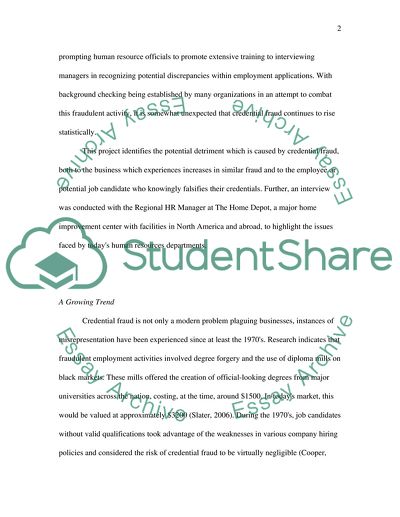Cite this document
(“Growing Trend of Employment-Related Background Essay”, n.d.)
Growing Trend of Employment-Related Background Essay. Retrieved from https://studentshare.org/law/1539670-credential-fraud
Growing Trend of Employment-Related Background Essay. Retrieved from https://studentshare.org/law/1539670-credential-fraud
(Growing Trend of Employment-Related Background Essay)
Growing Trend of Employment-Related Background Essay. https://studentshare.org/law/1539670-credential-fraud.
Growing Trend of Employment-Related Background Essay. https://studentshare.org/law/1539670-credential-fraud.
“Growing Trend of Employment-Related Background Essay”, n.d. https://studentshare.org/law/1539670-credential-fraud.


